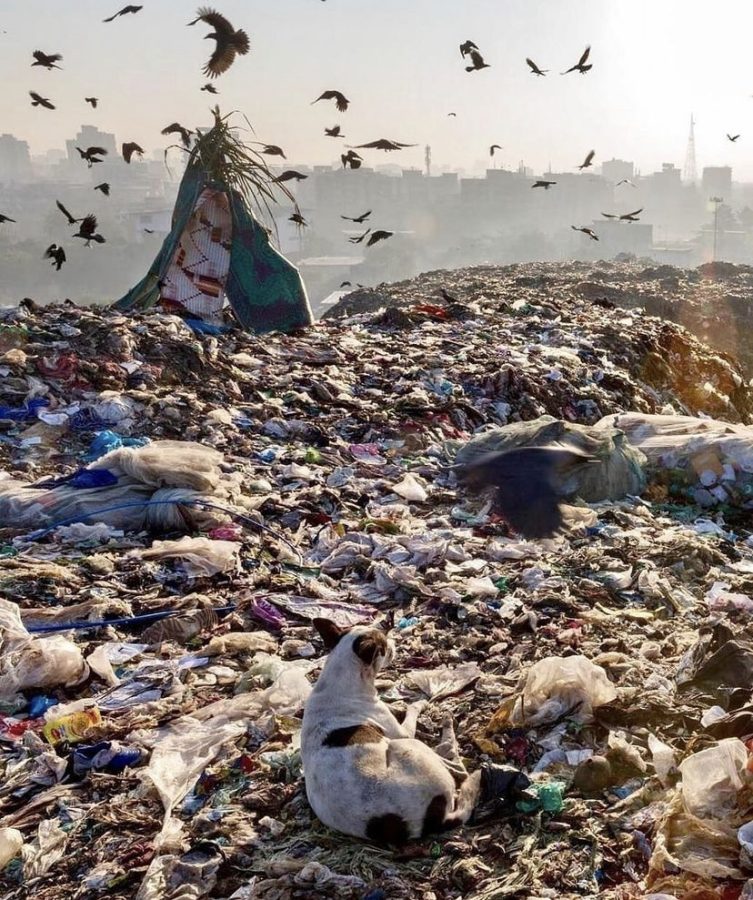The unfortunate fate of trash
The unfortunate fact that everything we use adds up
Every day, I am sure I find myself utilizing the trash cans placed all over the school and my home no less than five or six times a day. On top of this, I shove the wrappers to my morning protein bar in the glove box of my car, and I leave the frilly edges of my papers in the depths of my backpack. Recyclable, yes, but likely, all of the remnants of paper and writing utensils in this bag will be scooped out and thrown away at once.
I think it would be a frivolous argument if someone attempted to dispute my claim.
Even in just a brief look around the girls surrounding me at lunch, everyone is eating at least one item wrapped in a baggie or a colorful wrapper.
A few weeks ago, my friend, junior Josie Crosse, decided to conduct something I guess you could call an experiment. She carried around a brown trash bag for a week to collect all of the waste she collected in the duration of that time or at least all that she could keep in the bag and stay sanitary.
I think this is a great idea, but upon questioning, we found there were a few loopholes in this project. Because the bag was to accompany her for days, objects like food waste, tissues, and even toilet paper couldn’t end up in the bag.
Now, it is difficult to pinpoint the effects that each of these individual objects may pose to the environment, because the direct impacts may vary. Let’s narrow in on a few.
First, is the infamous plastic bag. It is convenient; it’s the perfect size for the right amount of goldfish to tide you over through third hour, a prime example of a single-use plastic that fits so well into society, its consequences seem acceptable.
However, once this bag meets its inevitable fate in the trashcan in your math class, and through whatever means ends up in a landfill, it will take around 1,000 years to degrade. Yet in its degradation, it will not find itself completely broken down, just divided into microplastics which affect an ecosystem’s health on a multitude of levels.
Next, let’s take an example we have all heard about. To anyone fortunate enough to be on social media during its heinous ‘VSCO girl’ phase, we all know the impacts plastic straws pose to the turtles, let alone the environment as a whole.
Not alone do these straws break into harmful microplastics like I mentioned earlier, but because they are light and small, they tend to be swept away before they can be disposed of properly, and many animals fall victim to their alluring presence.
The list goes on and on, and while I could bore you with the potential effects of products you may or may not even be using, I would like to ask you to do something.
You could be barely feeding this worldwide dependence on single-use plastic, however, for whatever reason, I highly doubt that. In keeping with our theme of giving up and giving back, I have an interesting task for today.
No, I don’t want you to give up single-use plastic for the day or week, because while that could be effective for a moment, it would do little to help solve such an issue. Instead, just for the day, write down everything you throw away (or tuck away in the pockets of your car). Every time you dry your hands, or open a granola bar, track it. You could just find you may be more a part of the problem than you thought.
